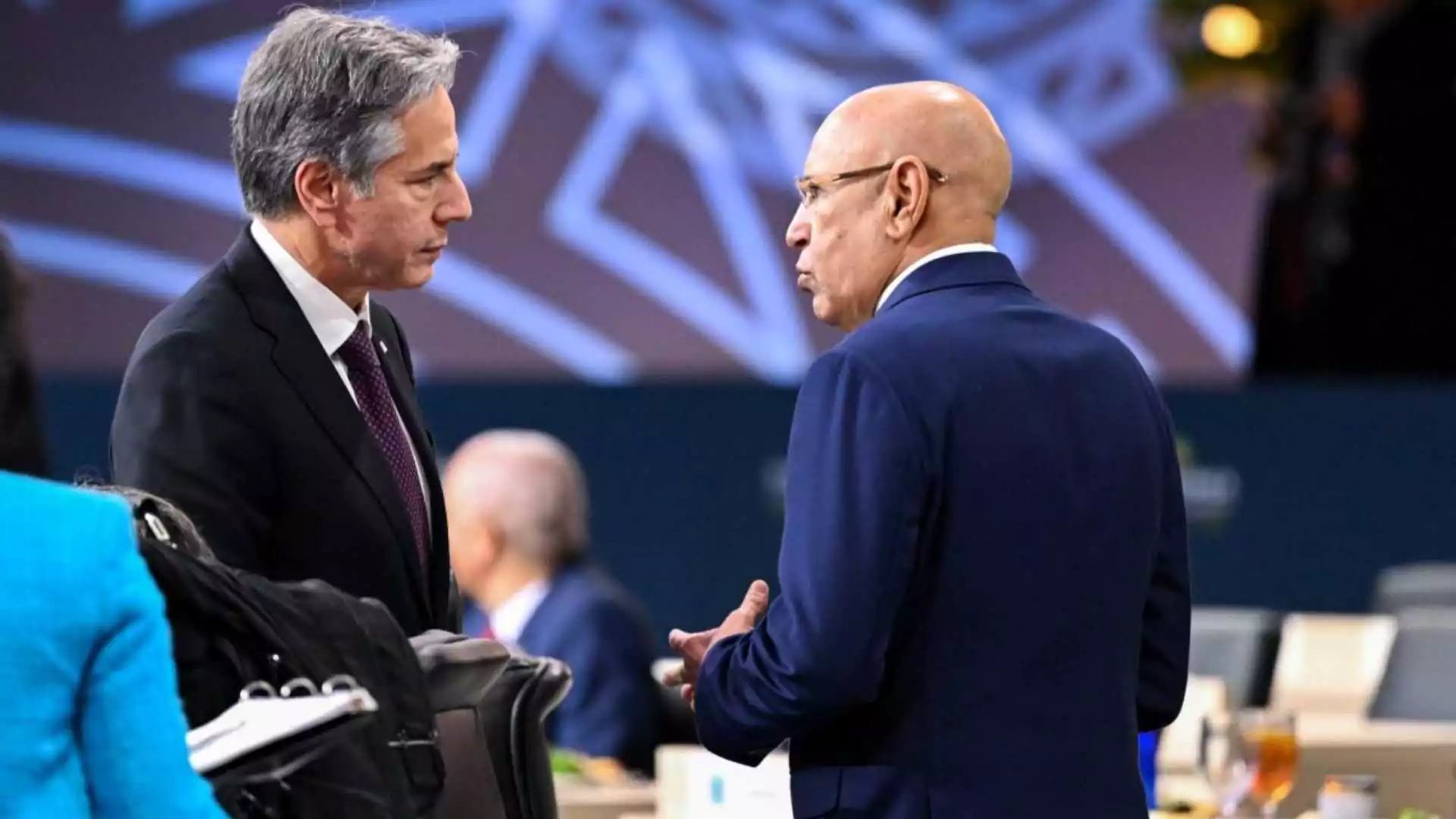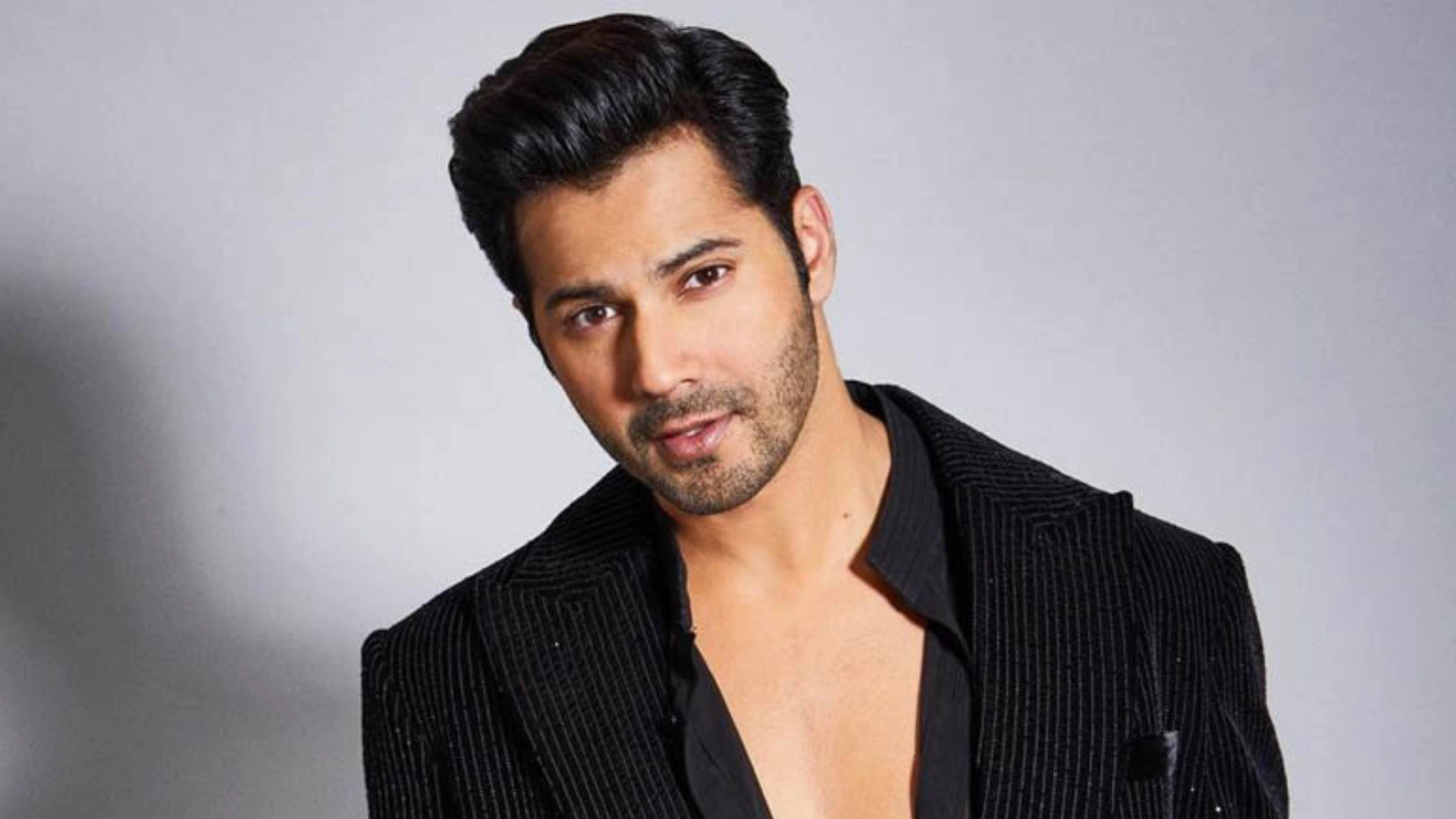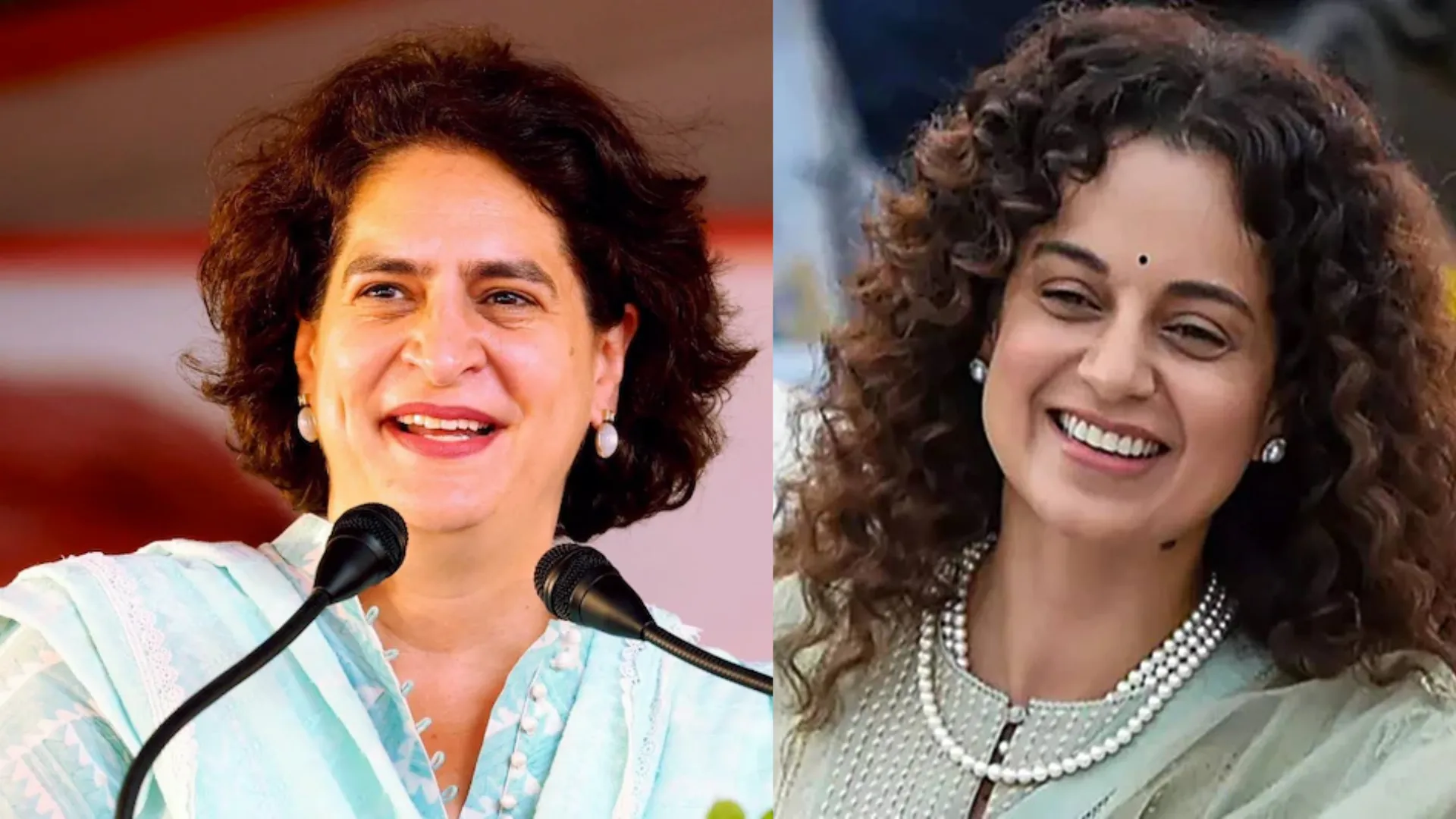The number of executions in Iran reached 901 in 2024, a disturbing increase in the use of the death penalty, according to a statement released on Tuesday by the U.N. Office of the High Commissioner for Human Rights.
Among those executed were 31 women, many of whom had been convicted of murder in cases involving domestic abuse, forced marriages, or defending themselves or their children from sexual violence.
This total marks a 6 percent increase compared to 2023, which counted 853 executions. It is also the highest number since 2015, when 972 people were put to death.
Drug offenses accounted for most of the executions, but political dissidents and people believed to have links to the 2022 “Woman, Life, Freedom” protests stemming from the killing of 22-year-old Mahsa Amini in police custody made up some of the victims.
Increase in Death Penalty against Women
At least 31 women were reportedly executed in 2024 alone, a tally that was at its highest for 15 years. Most of them, according to report, had murder convictions-most, in circumstances amounting to or involving serious forms of domestic violence, forced and child marriages or sexual violation.
One of the most gruesome is the case of Leila Ghaemi who was executed because she killed her husband when she arrived home to see him and his friends raping her little daughter.
Death Penalty Against Minorities
According to Hengaw, a Kurdish human rights group, over half of those who were executed in 2024 were ethnic minorities, with 183 being Kurds. Many women executed also belong to minority groups.
The United Nations fact-finding mission on Iran observed that ethnic and religious minorities have seen increased government oppression since the protests in 2022.
The 2022 protests, which were sparked by the death in police custody of Kurdish Iranian woman Mahsa Amini for allegedly violating the country’s strict hijab laws, marked one of the biggest since the 1979 Islamic Revolution. The Iranian government has cracked down hard on the protests, and political dissidents have increasingly found themselves on the list of those awaiting execution.
UN Criticises Iran’s Execution Rise
UN High Commissioner for Human Rights Volker Türk criticized the increasing number of executions. “It is deeply disturbing that once again we see an annual increase in the number of people subjected to the death penalty in Iran. It is high time that Iran stemmed this ever-swelling tide of executions,” he said in a statement.
Execution of Juvenile Offenders
Another critical alarm raised by the U.N. concerns the execution of juvenile offenders; in 2024, at least five cases have been documented. International law bars the use of the death penalty for those individuals who were less than 18 years old when they committed the alleged offenses.
Activists and rights organizations have criticized Iran’s reliance on the death penalty for drug-related offenses, which, under international law, do not meet the “most serious crimes” threshold required for capital punishment.
Iran’s Response
Masoud Pezeshkian, a reformist who won the presidency in July 2024, campaigned on promises to improve the rights of women and minorities. However, activists remain skeptical about the extent of reforms under his administration, given the ongoing executions.
Iran accounted for 74% of all recorded executions worldwide in 2023, excluding China, where execution data remains classified, according to Amnesty International.
Türk called on Iranian authorities to stop executions and to implement a moratorium on the death penalty as a step toward its abolition.
“The death penalty is incompatible with the fundamental right to life and raises the unacceptable risk of executing innocent people,” he said.
ALSO READ: Justin Trudeau Reveals His ‘One Regret’ As He Steps Down As Canada’s Prime Minister

















